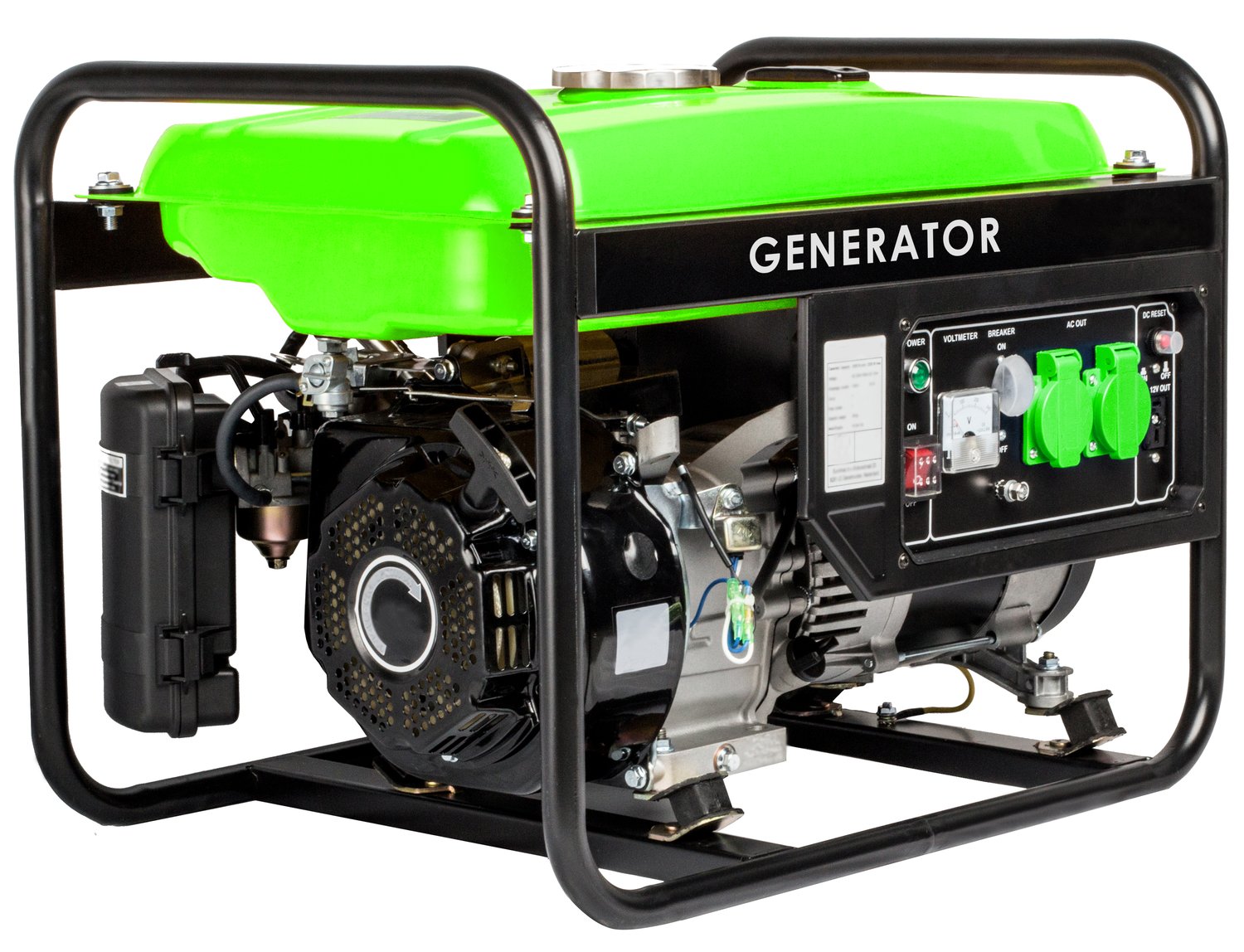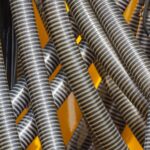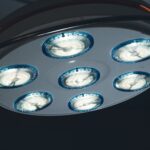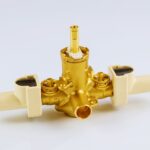Picture this: You’re in the middle of a power outage, and your emergency generator refuses to start. It’s a scenario no restaurant or food service business wants to face, especially when keeping operations running smoothly is critical. Understanding the common pitfalls and having quick solutions at hand is vital to ensuring your generator is always ready for action.
- Fuel Troubles: Learn how to quickly troubleshoot and resolve common fuel issues that prevent your generator from starting.
- Regular Maintenance: Discover essential maintenance practices to help you avoid unexpected generator failures when you need it the most.
- Electrical Hiccups: Get insights into diagnosing and fixing electrical system issues to keep your generator’s performance reliable.
By exploring the common startup challenges and implementing regular preventive measures, you can maintain your generator’s reliability and be prepared for any emergency scenario. Dive into the article and empower yourself with the knowledge to keep your power solutions steadfast and dependable.
Diagnosing Why Your Emergency Generator Won’t Start: Quick Fix Solutions
An emergency generator is a crucial asset during power outages, ensuring that essential systems remain operational. However, discovering that your generator won’t start when you need it most can be frustrating and even hazardous. To get your generator up and running smoothly, it’s important to identify common startup issues.
Start by checking the basics, such as ensuring that the generator is properly connected and switched on. Fuel issues can often be a problem, so verify that the fuel tank is filled with the correct type and grade of fuel. If the fuel line is clogged, now is the time to clean it thoroughly.
Battery failures can also prevent your generator from starting. Check the battery terminals for corrosion and ensure they are fastened securely. If the battery appears drained, consider recharging or replacing it. Beyond fuel and battery issues, a malfunctioning electrical system can prevent startup. Inspect these components for wear or damage and consult a professional if necessary.
By promptly diagnosing and addressing these common problems, you can ensure that your emergency generator remains reliable and ready to go at any time.
Quick Fix Solutions for Emergency Generator Fuel Issues
Fuel system problems are among the most frequent causes of emergency generator failures. To troubleshoot effectively, start with a visual inspection of the entire fuel line, checking for leaks, blockages, or other visible signs of damage. Identifying these issues early can prevent more serious problems from developing.
Clear any blockages you find to ensure a seamless flow of fuel to the generator. Ensure the fuel itself is fresh and free from contaminants, as poor fuel quality can impair the generator’s performance. Always use the correct fuel type specific to your generator model as specified in the manufacturer’s manual.
Regularly replace fuel filters as part of your maintenance routine to safeguard against future issues. If you suspect old or contaminated fuel, drain the tank completely and refill with fresh fuel. Following these straightforward quick fix solutions ensures that your generator’s fuel system is in optimal condition, ready to function without hitches during an emergency.
Preventive Maintenance for Your Generator: Ensuring Reliability During Emergencies
Routine maintenance plays a crucial role in ensuring your emergency generator is always ready when you need it the most. These maintenance practices help prevent unexpected startup failures and extend the lifespan of your equipment. Let’s explore some vital generator maintenance tips that ensure reliability.
Regular Oil Changes are fundamental to the smooth operation of your generator. Over time, oil can degrade, leading to increased wear on engine parts. Make sure to follow the manufacturer’s recommendations for oil change intervals, checking the oil level frequently and replacing it as needed to maintain optimum performance.
Battery Checks are equally vital, as a malfunctioning battery can halt your generator’s startup process entirely. Inspect the battery terminals for corrosion and ensure all connections are secure. Regularly test the battery’s output with a multimeter to verify it holds the proper charge.
System Tests and Inspections should be conducted routinely. Performing a monthly generator test under load ensures that the unit can handle electrical demand during an emergency. Visually inspect components such as fuel lines and air filters, replacing or cleaning them as necessary, to avert potential issues from developing into major problems.
By integrating these preventive maintenance practices, you secure dependable generator performance. These routine checks contribute significantly to operational efficiency, allowing your emergency power system to function reliably during critical situations.
Understanding and Solving Electrical System Failures in Emergency Generators
Electrical system failures can significantly impair your generator’s ability to provide power when most needed. Identifying the source of electrical issues and implementing effective solutions is key to maintaining readiness. Here’s how to address common electrical system challenges.
Begin with a thorough inspection of all Wiring and Connections. Over time, wires may become loose or damaged, leading to poor electrical conductivity. Tighten any loose connections and replace any frayed or deteriorated wires to restore reliable electrical flow. Pay special attention to connections within the control panel.
Faulty Circuit Breakers can also be a culprit in electrical failures. Examine the generator’s breaker panel for any tripped or malfunctioning breakers. Reset breakers that have tripped, and if issues persist, consider replacing faulty components to ensure proper operation.
Another common issue involves Voltage Regulator Problems. A malfunctioning voltage regulator can lead to unstable power output, causing total system failure. Test the regulator’s functionality with a multimeter and adjust or replace it if necessary to maintain consistent generator performance.
By staying proactive in diagnosing and resolving electrical issues, you can guarantee that your emergency generator remains an unfailing power source during times of crisis. Share your experiences and tips on maintaining electrical systems in the comments below.
FAQ: Ensuring Your Emergency Generator Is Ready When Needed
Why won’t my generator start?
Check for fuel or battery issues. These are common causes and often a quick inspection and maintenance can resolve them.
How often should I perform maintenance on my generator?
- Conduct visual inspections monthly.
- Change oil and filters every 100-200 hours of use.
- Perform a professional service annually.
What should I do if the generator’s fuel system is clogged?
Clean or replace fuel filters. Ensure there is clean fuel in the tank and check for any blockages in the fuel line.
What are the signs of an electrical system failure in my generator?
Look for tripped breakers or blown fuses. Also, unusual noises or inconsistent power output can indicate electrical issues.
How can I ensure my generator’s battery stays charged?
Use a battery maintainer or trickle charger. Regularly check the battery terminals for corrosion and clean them as needed.





